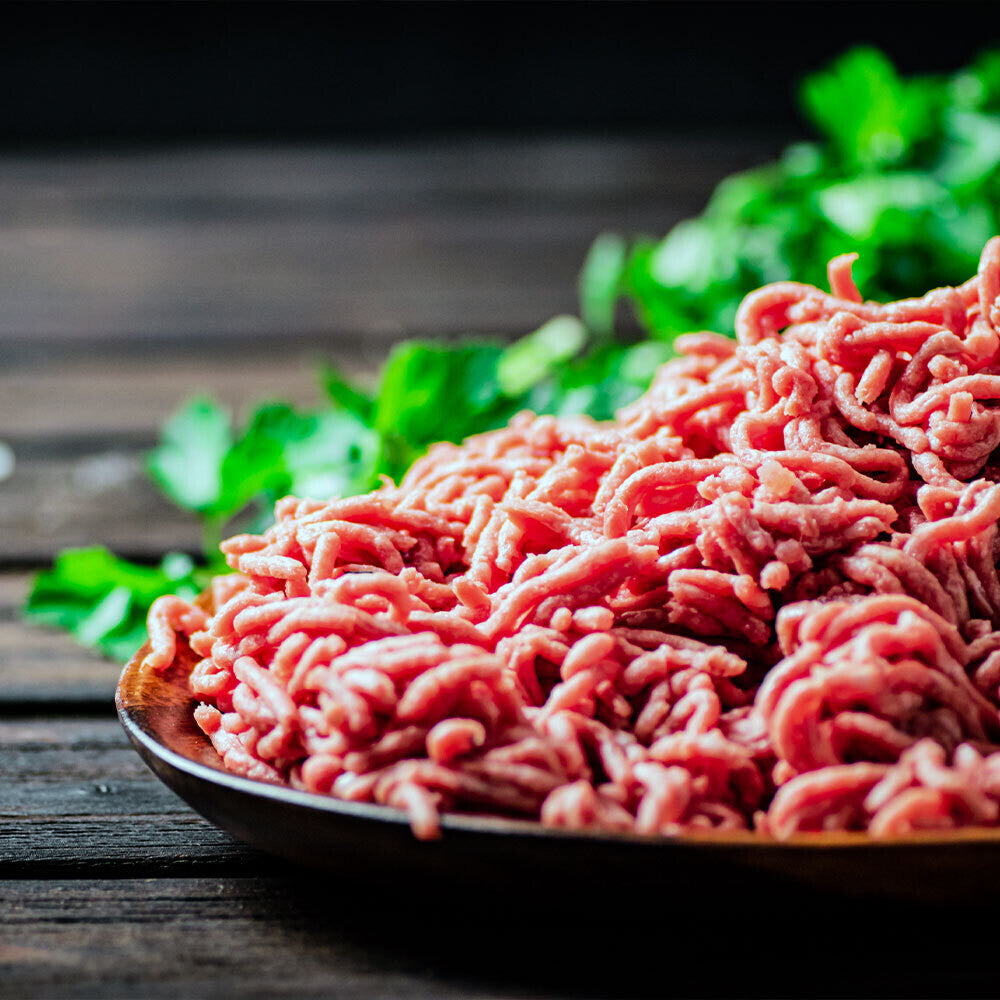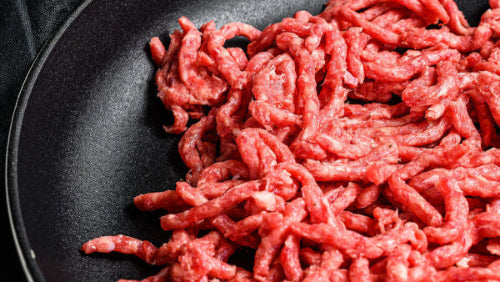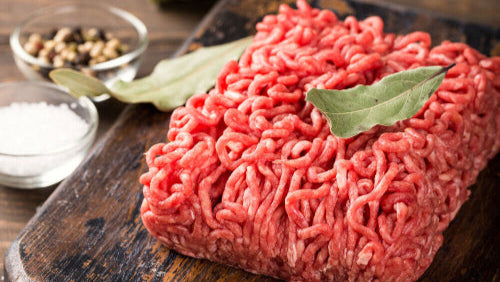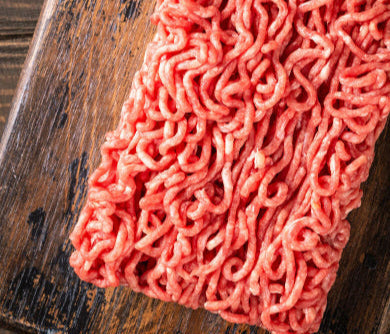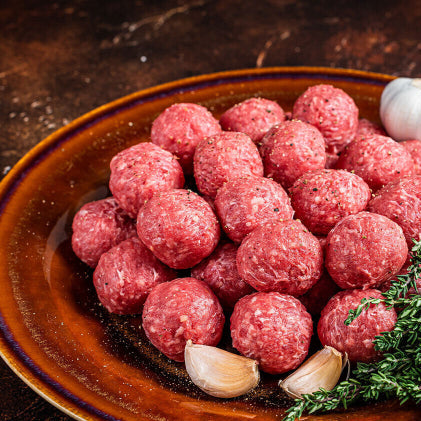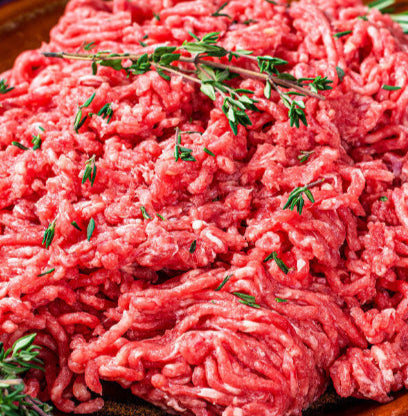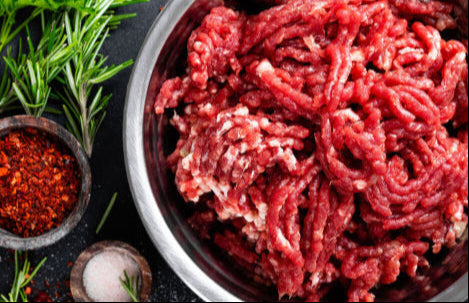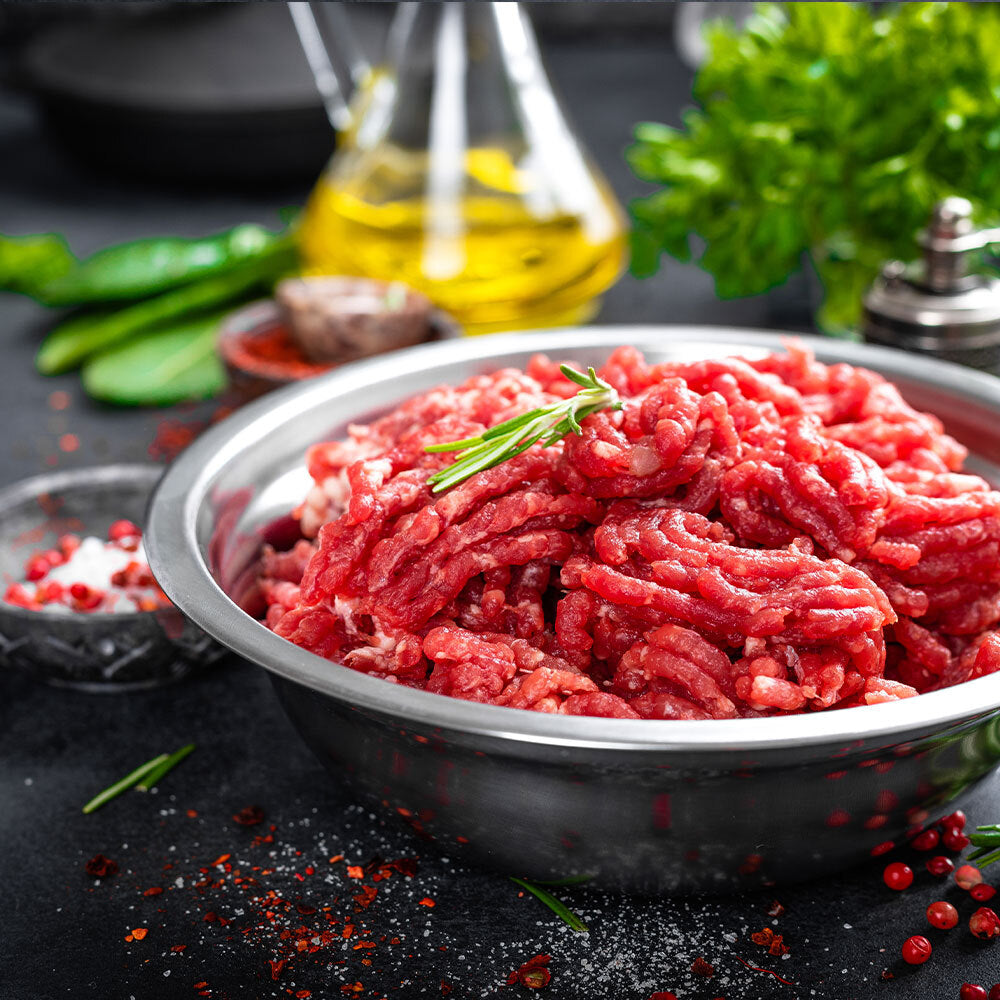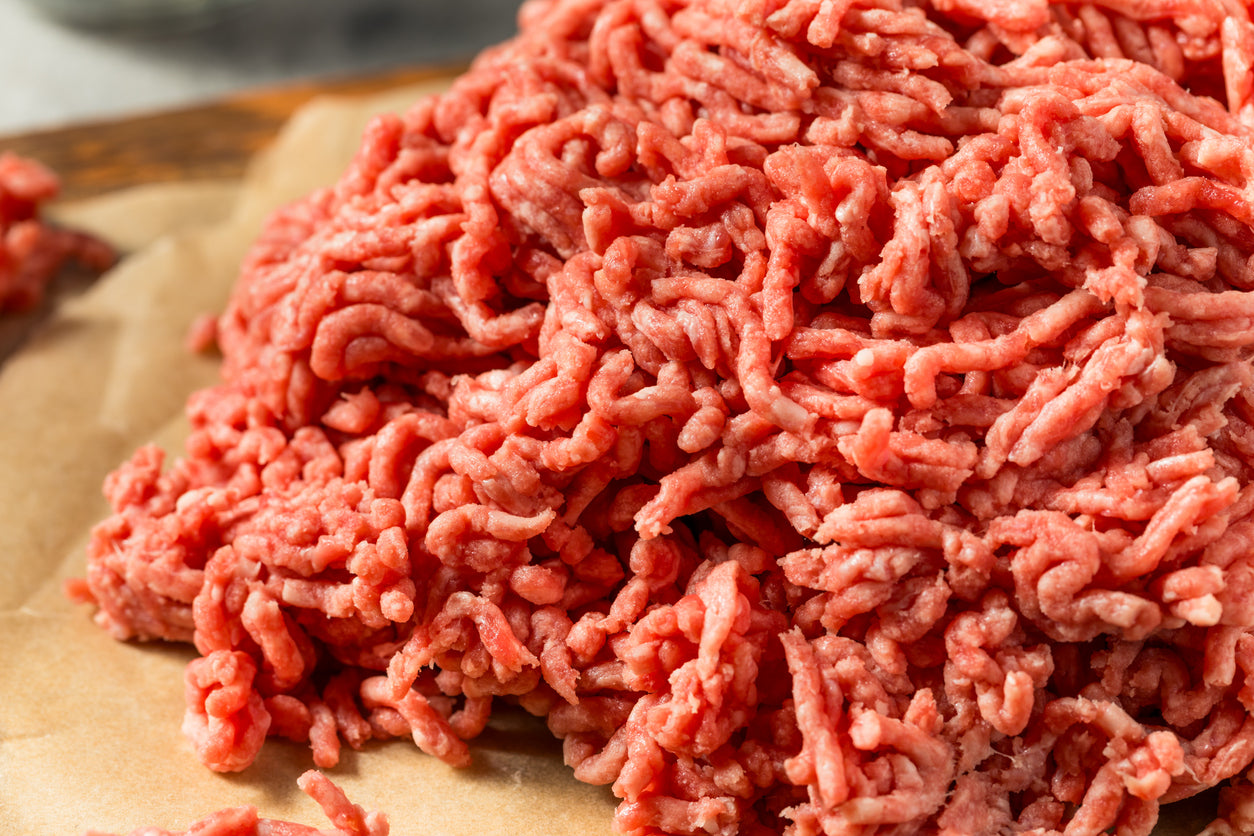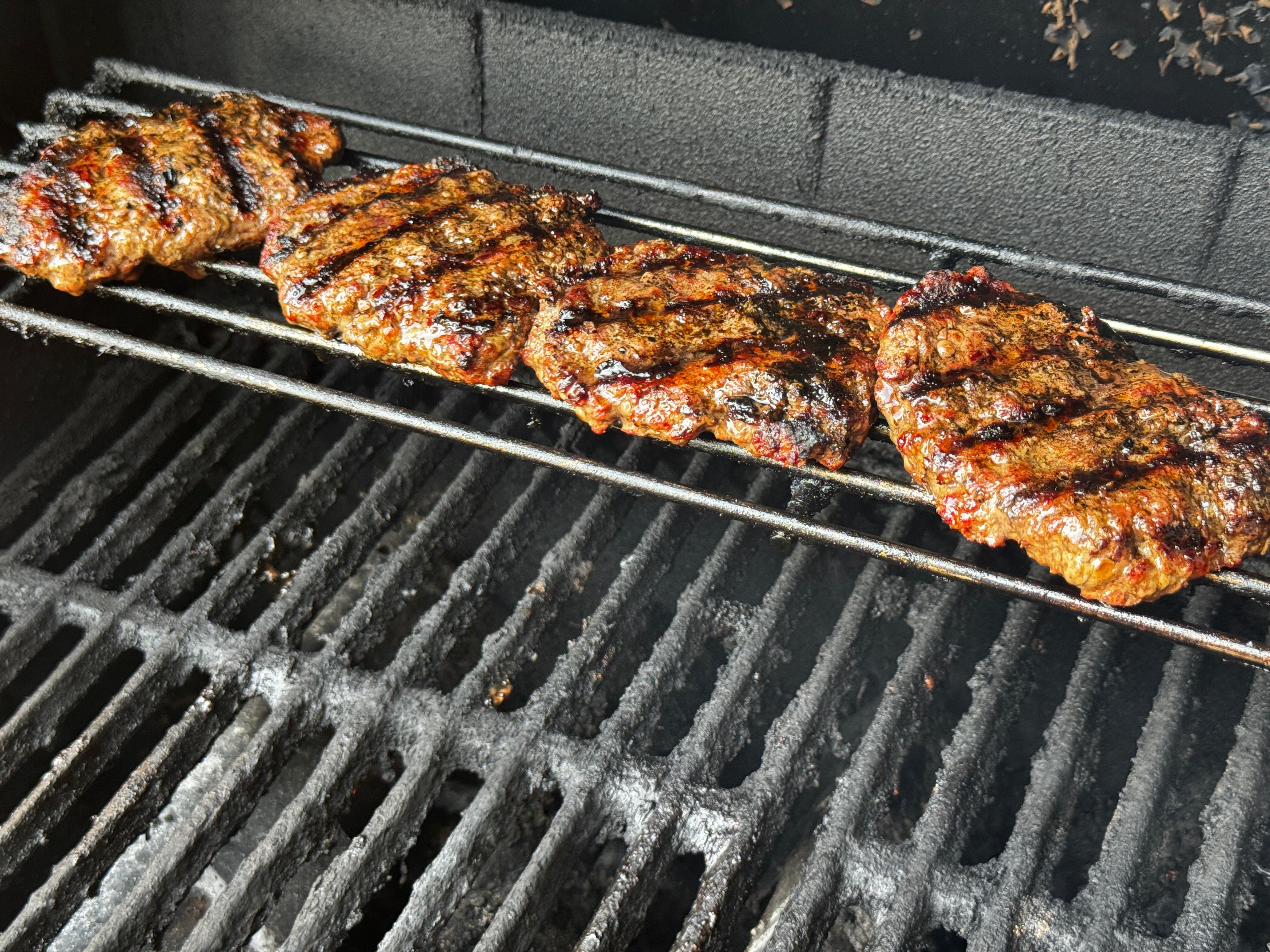
Chipotle Yogurt Ranch Dressing (Keto Friendly)
This chipotle version of our base Yogurt Ranch Dressing adds a bit of spice and depth, using ingredients that keep it healthy and free of seed oils. It’s a great option if you’re looking for a bit more kick in your dressing. It's perfect for salads, drizzles or dips..it matches perfectly with our smoked chicken drumsticks or any of our pasture raised Chicken, Pork or Grassfed Beef.
Ingredients:
- 1 cup plain whole milk yogurt*
- 2 tablespoons olive oil
- 1 tablespoon minced garlic
- 1½ tablespoons lemon juice
- ¼ teaspoon dried dill
- ¼ teaspoon dried parsley
- ¼ teaspoon dried chives
- ¼ teaspoon garlic powder
- ¼ teaspoon black pepper
- ½ teaspoon onion powder
- ½ teaspoon salt
- ½ teaspoon mustard powder
- 1–2 teaspoons chipotle powder (or to taste)
Instructions:
- In a medium bowl, combine the yogurt, olive oil, lemon juice, and chipotle powder or adobo sauce. Stir until smooth.
- Add the minced garlic, herbs, and spices. Mix well.
- Taste and adjust seasoning or spice level if needed.
- Refrigerate for 30 minutes to allow flavors to meld together.
This chipotle yogurt ranch dressing is keto-friendly.
The main ingredients—plain whole milk yogurt, olive oil, and spices—are all suitable for a keto diet. Here are a few points to consider for keeping it keto-compliant:- Yogurt: Choose full-fat, plain yogurt without added sugars. Greek yogurt is a good choice for fewer carbs, but regular whole milk yogurt works if you keep portions moderate.
- Carb Content: The spices and herbs add negligible carbs, so they won’t impact the keto diet significantly.
- Chipotle Options: Chipotle powder and adobo sauce have minimal carbs, but if you’re using canned chipotles in adobo, check the label to ensure there’s no added sugar.
Fat Content in Key Ingredients:
- Whole Milk Yogurt (1 cup): ~8 grams of fat
- Olive Oil (2 tablespoons): ~28 grams of fat
- Other Ingredients (Herbs, Spices, Lemon Juice, Garlic): Minimal fat content
Increasing the Fat Content
If you'd like to boost the fat content further, here are some options:- Add More Olive Oil: An additional tablespoon of olive oil will add about 14 grams of fat.
- Add Avocado Oil or Olive Oil: These oils are flavor-neutral and provide healthy fats. A tablespoon of avocado oil adds about 14 grams of fat.
- Incorporate Sour Cream: Replacing part of the yogurt with full-fat sour cream (around 2–3 tablespoons) will add around 5–8 grams of fat.
Keto Diet Fat Recommendations
On a ketogenic diet, fat typically makes up about 70–80% of daily calories. For a healthy 64-year-old aiming to stay in ketosis, here's how that might break down: Determine Total Calories: Many people on keto aim for around 1,500 to 2,000 calories per day, though this can vary. Calculate Fat Grams: 70% of 1,500 calories from fat: ~1,050 calories from fat, which is about 117 grams of fat per day. 70% of 2,000 calories from fat: ~1,400 calories from fat, or about 156 grams of fat per day. For most people on a keto diet, 100–150 grams of fat per day is a common range, though some may go higher or lower based on their unique goals and energy needs.Factors to Consider
Activity Level: Higher activity may require more calories and potentially more fat. Protein and Carbohydrate Intake: Aim for moderate protein (around 15-20% of calories) and keep carbs low (usually under 5-10% of calories) to stay in ketosis. Personal Comfort and Satiety: Adjust fat intake to feel satisfied but not overly full. Some days may naturally require more fat than others.
Tags:
Previous post
Turmeric Roasted Pasture-Raised Chicken
Next post









